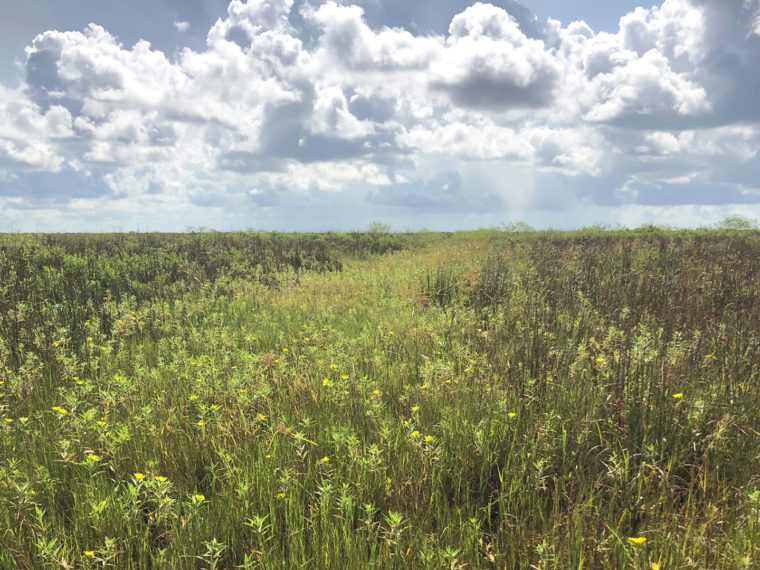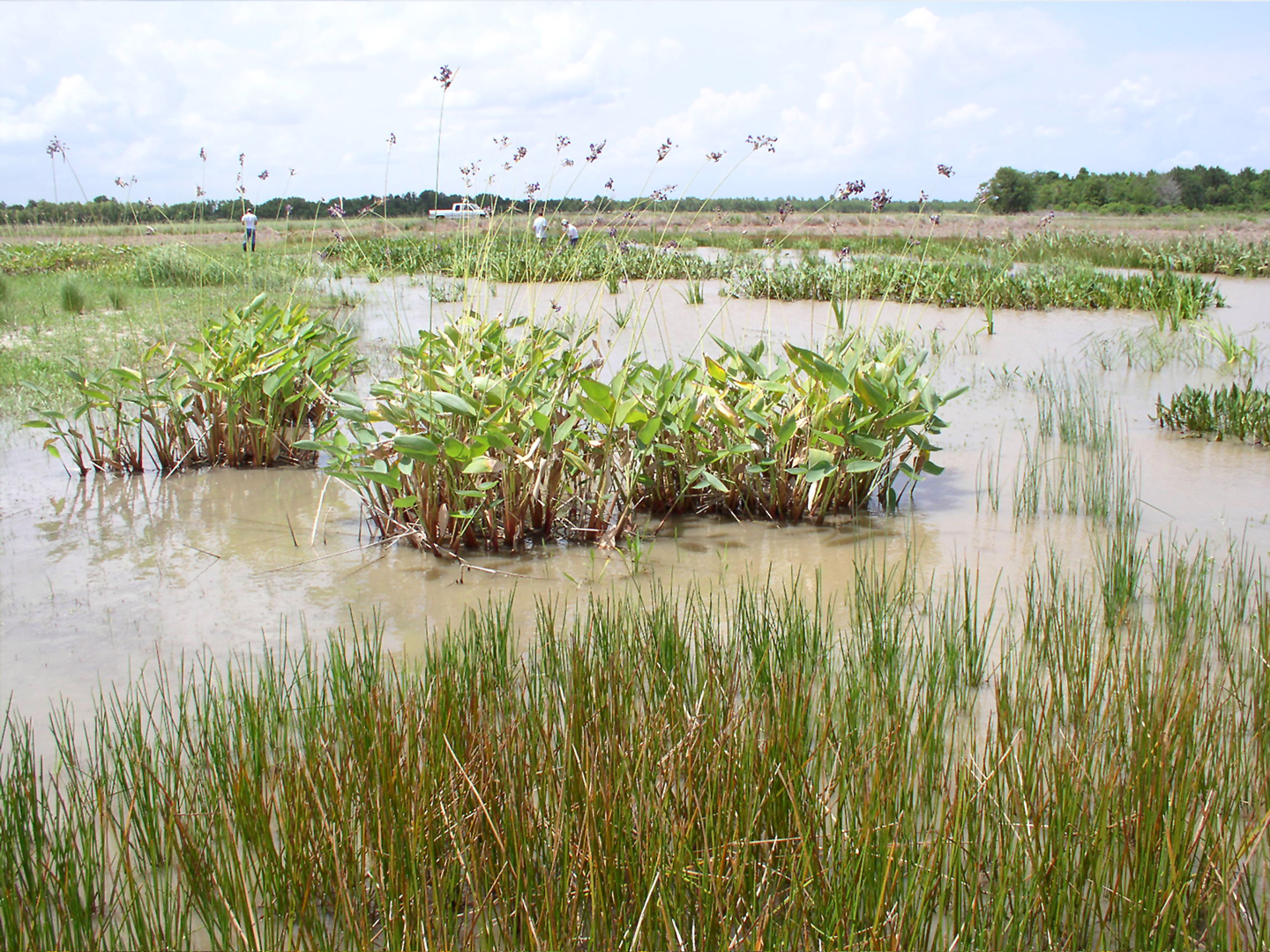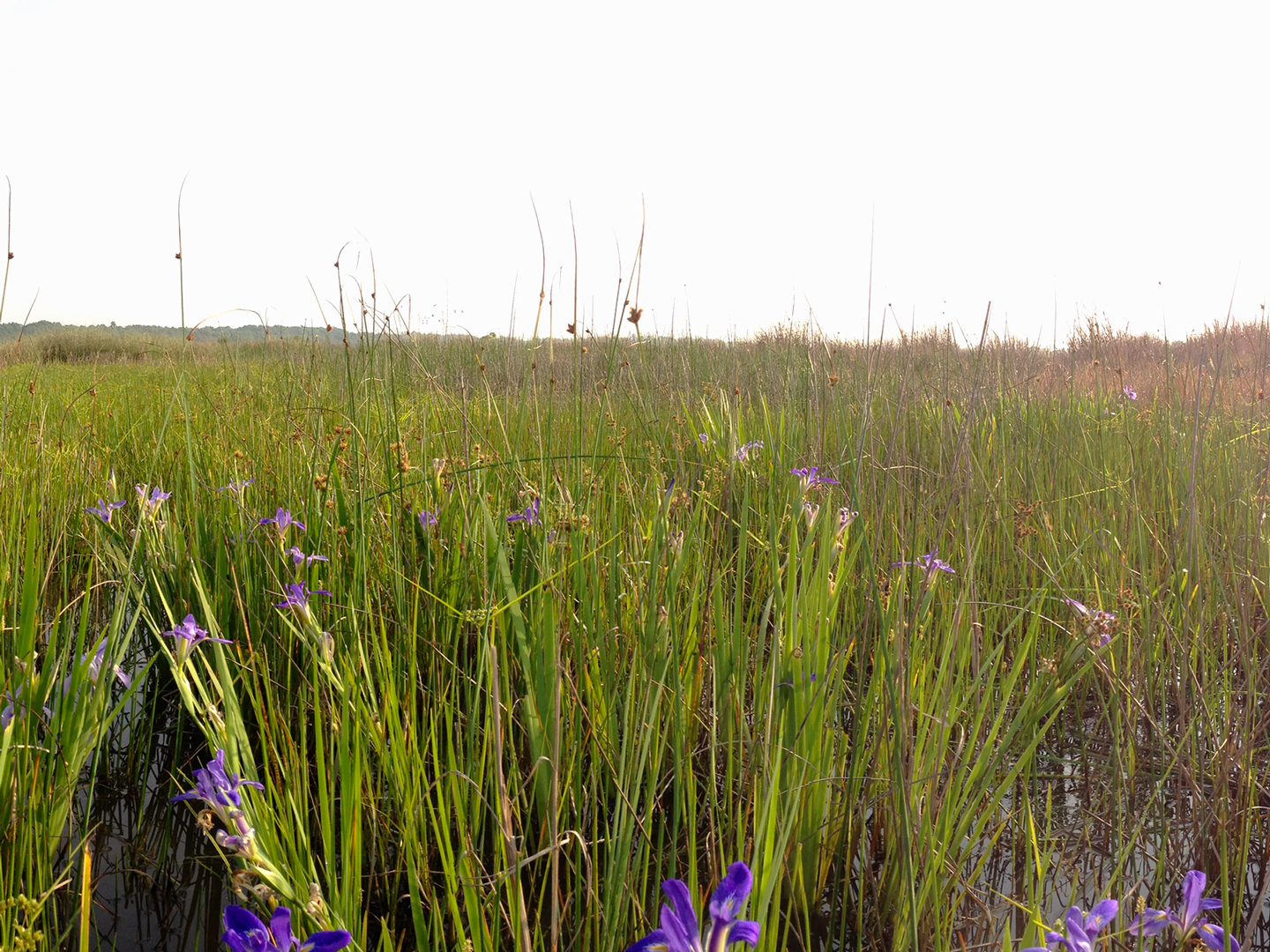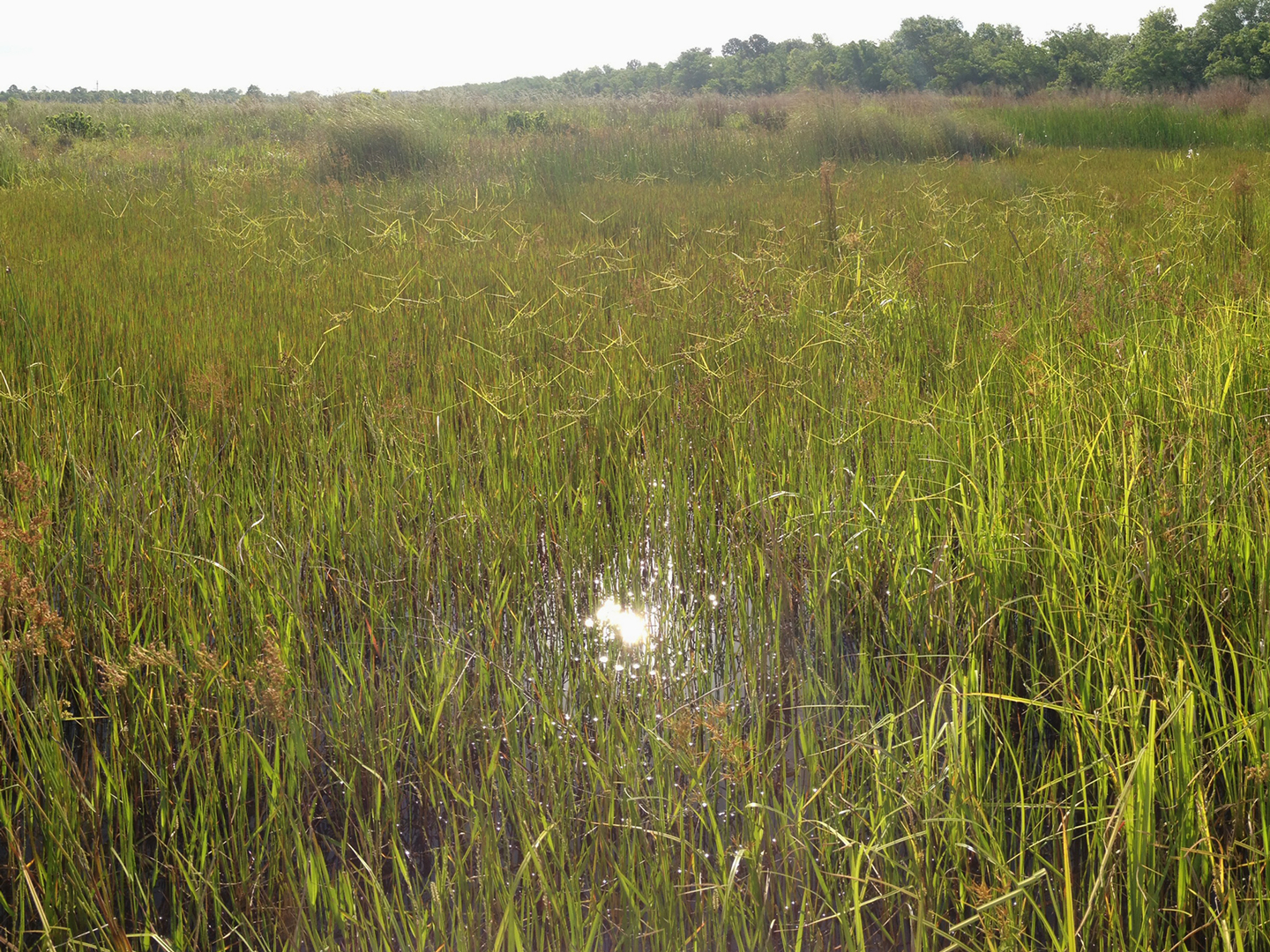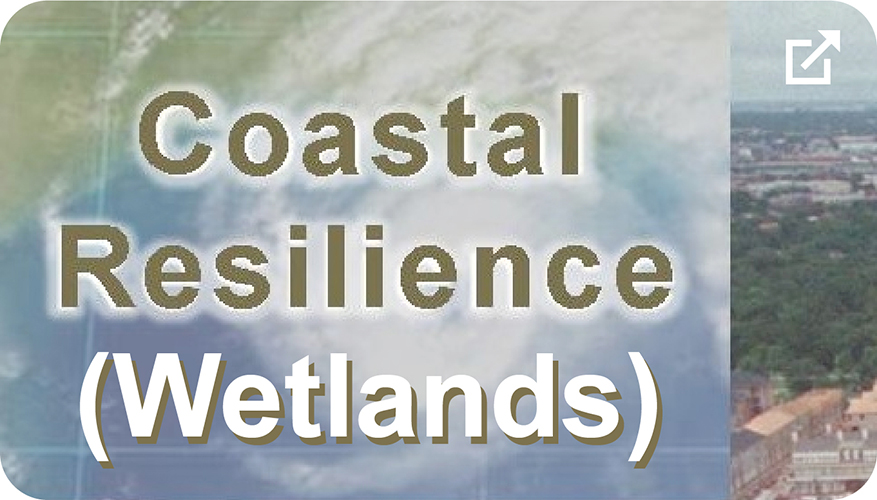
Large areas of undeveloped land provide countless services, the value of these natural ecosystems is hard to quantify but benefits include:
-
Flood & Drought Mitigation
-
Water Quality & Quantity Enhancement
-
Erosion Control and Bank Stabilization
-
Biogeochemical Processes
-
Habitat & Biodiversity
-
Nursery & Spawning Locations for Wildlife
-
Threatened & Endangered Species Protection
-
Recreation, Ecotourism, and Enjoyment of Nature
Ecosystem services are a framework we can use to understand, discuss, and prioritize conservation that recognizes the value of a healthy, functioning ecosystem. Understanding the value of these natural, or green, systems can help us understand how they provide “infrastructure”.
What can we do?
Protect — Large tracts of land through conservation, preservation, and restoration. This conserves not only the land, but the processes that happen on the land. Large, continuous tracts of undeveloped land provide ecosystem services in a quantity that site-scale and mid-scale projects cannot replicate.
Conservation — Protecting natural areas and allowing their proper use.
Preservation — Maintain, protecting, or keeping a piece of land in its current state. Typically protects an area from use by humans.
Restoration — Bringing a piece of land back to its previous condition; for example, land that has been used for agriculture can be restored to its pre-agriculture type such as wetland or prairie.
It is not always feasible to conserve large areas of land. In these cases, other options can be considered such as looking for smaller areas of natural land that can be connected by easements, pipeline corridors, park, trails or other methods to reconnect fragments of ecosystems though green belts and corridors.
Successful large-scale projects involve working with multiple partners to pool resources and layer projects and funding to meet multiple needs.
